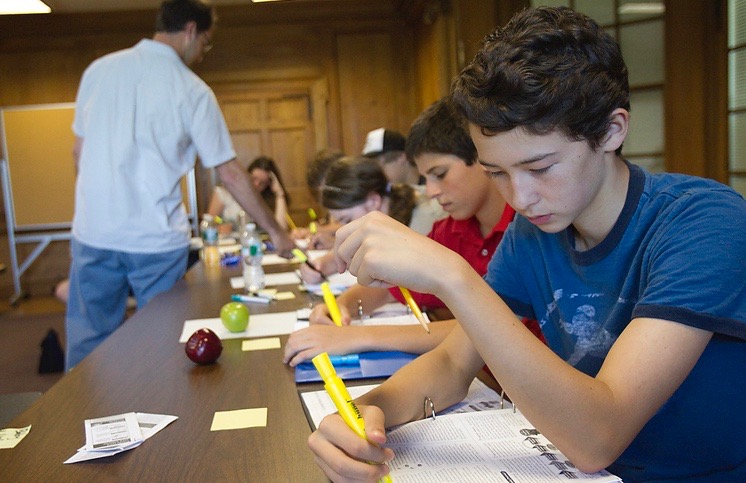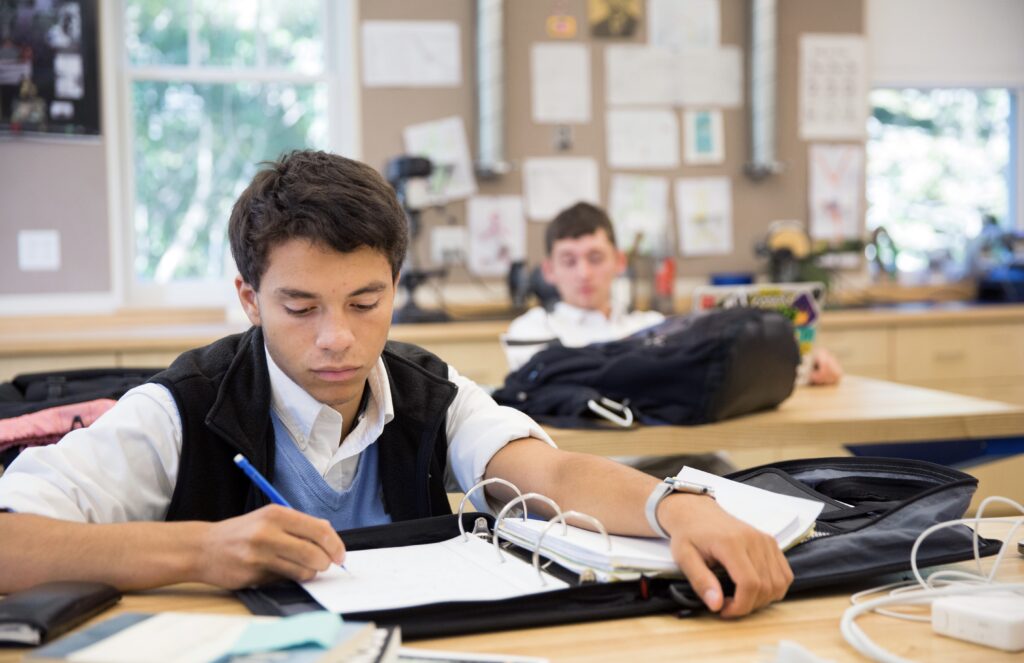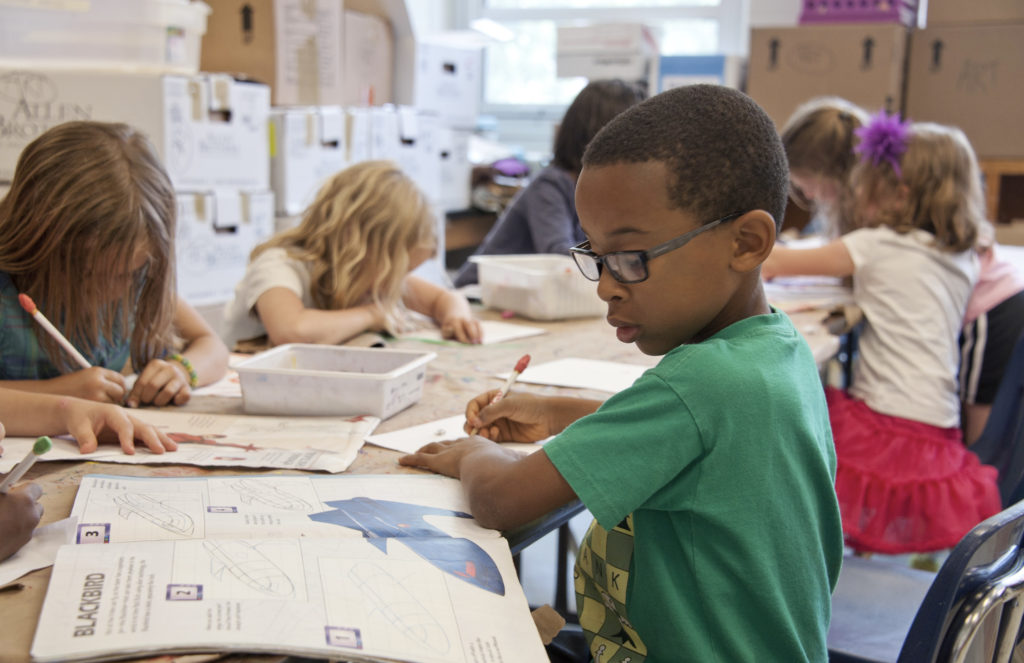We can enliven students’ effort by making sure they are “ready to learn.” We need to help students define a clear purpose for the activity, give specific directions, provide references (such as agendas or steps for a process), and offer cues to begin or transition to the next step. Furthermore, requiring students to brainstorm their ideas on paper (individually or with a group), discuss thoughts with a partner, or draw graphics of concepts enhances learning and spurs effort by providing options that meet different learning needs. As we plan learning activities, we can focus not only on the content, but also on how to teach it by incorporating oral, visual, and kinesthetic tasks, within the context of individual and group work. These varied activities help students’ engage more, put forth more effort, and be more successful.
In addition, encouraging students to reflect on and share what types of activities most engage their attention and effort increases their self-awareness about their learning styles. Do they feel more empowered by hands-on work, oral discussions, or visual presentations? Timed versus open-ended tasks? Individual, partner, or group work? Encouraging students to be conscious of what they feel affects their effort and their success is an important step toward helping them work through difficult tasks. Communicating with students about their reflections also helps us plan tasks that better address their needs.
This resource offers a variety of methods for brainstorming and a student self-assessment tool on effort.
For the full text of the Landmark Teaching Principles™, including “Use Multisensory Approaches,” click here.



